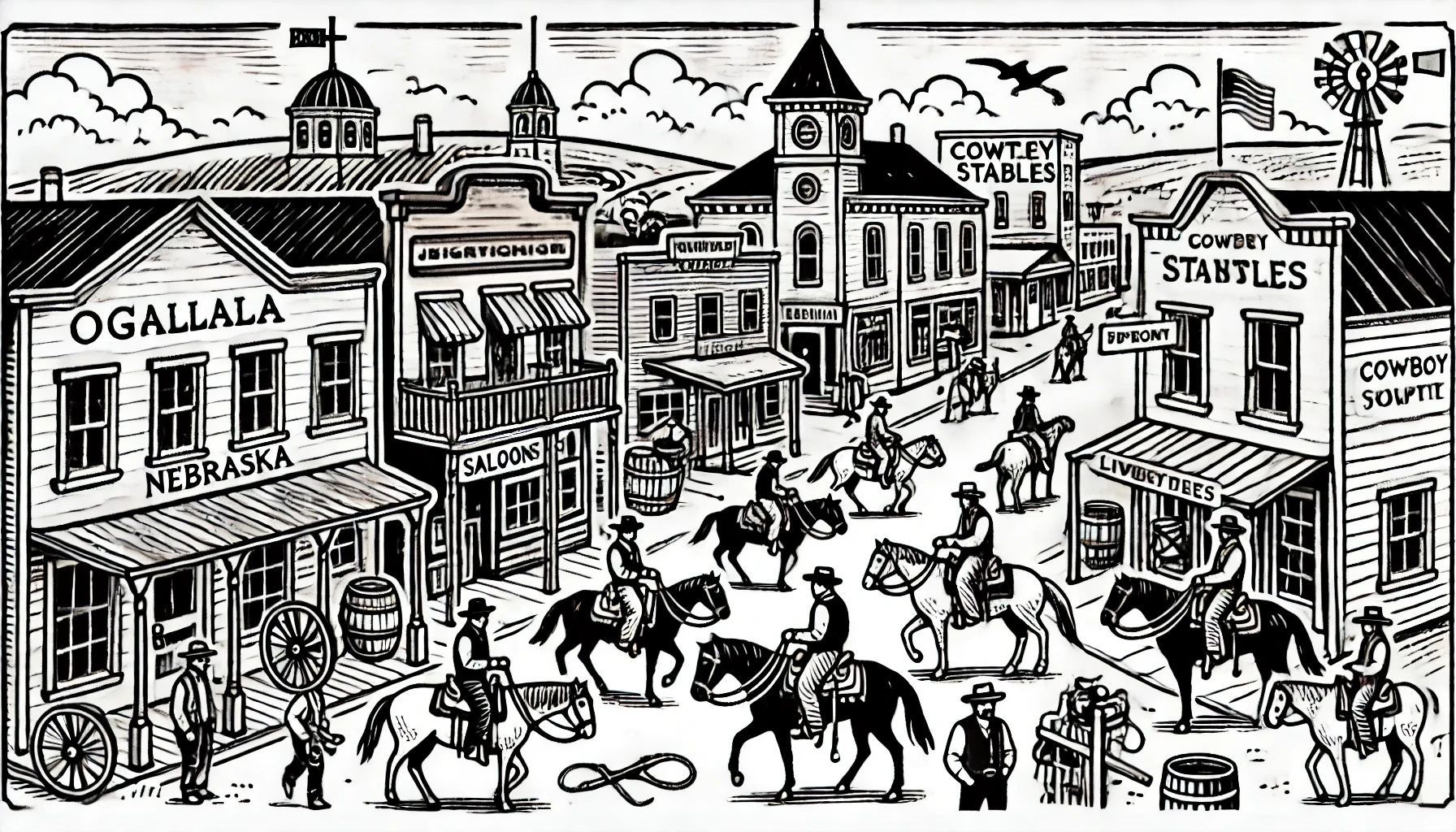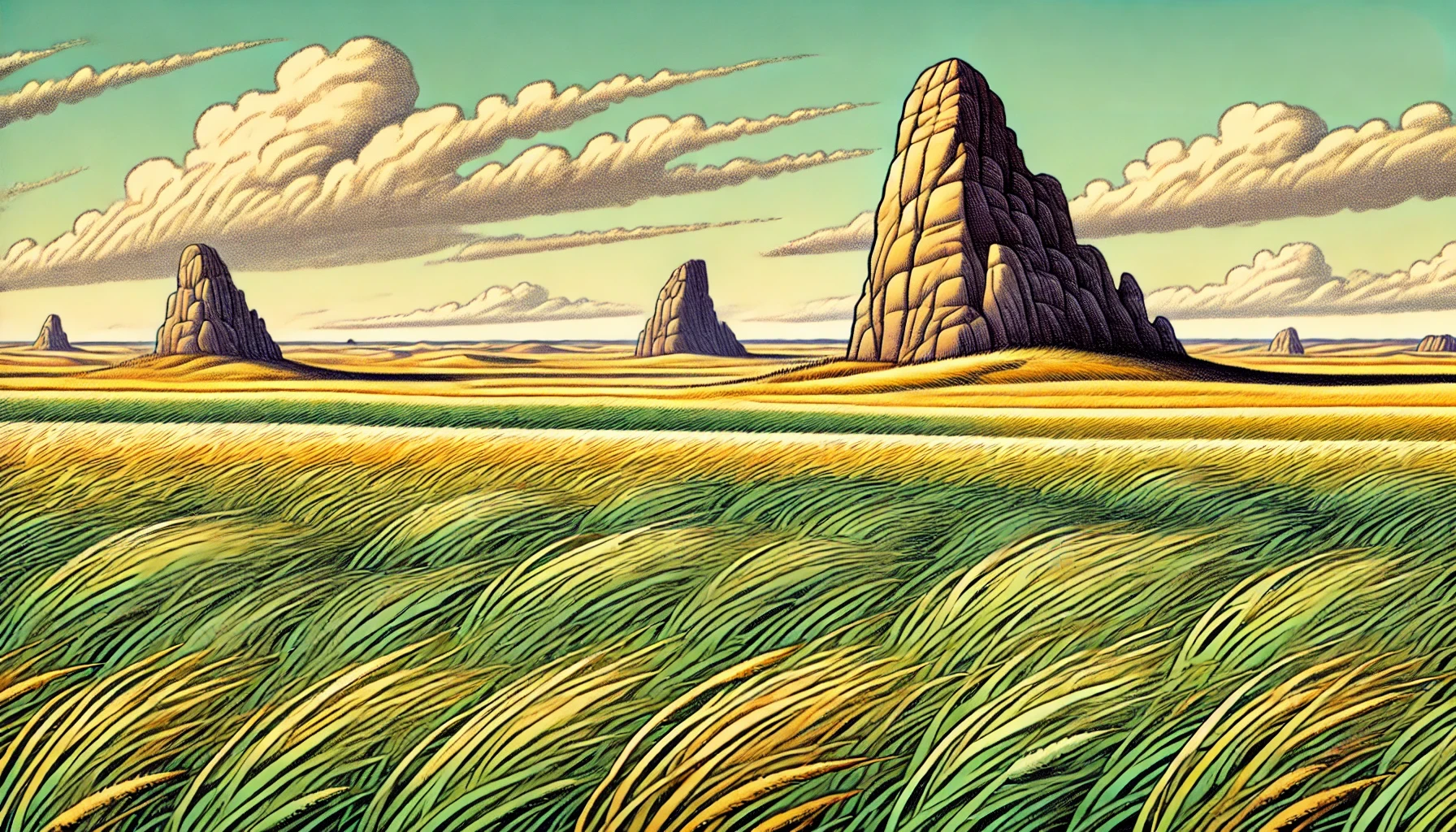Monarch Butterfly Migration Patterns

As one of the most spectacular displays in the natural world, the monarch butterfly migration has captivated scientists and travelers alike for decades. Within the context of traveling through Nebraska, witnessing this phenomenon is a rare privilege. Nebraska serves as a critical stopover for the monarchs during their journey from Canada to Mexico. The state's strategic location in the central Great Plains provides the butterflies with essential resources, including milkweed, nectar-rich flowers, and water sources.
Every year, millions of monarchs migrates thousands of miles from Canada and the United States to Mexico. The butterflies migrate to the mountains of Mexico, particularly around Angangueo in the Transvolcanic Mountains, where they overwinter, clustering on the Oyamel fir trees (Abies religiosa) by the millions. This precise location is crucial, as the butterflies' flight is facilitated by thermals, a rising column of warm air that help lift the butterflies and carry them downward via air currents. Scientists have determined that three to four generations of monarch butterflies take part in this journey, and their arrival in Mexico often coincides with the Day of the Dead.
Notably, Nebraska is part of the Interstate 80 Corridor, a region spanning from the Rocky Mountains to the Appalachian Mountains, where the monarch butterfly population is particularly vulnerable. Nebraska, along with states like Kansas and Oklahoma, must provide adequate habitat and crucial food sources to support the butterfly's journey. In York County, Nebraska, the Audubon Rowe Sanctuary along the Platte River hosts thousands of sandhill cranes during their annual migration. This sanctuary also functions as a vital stopover for monarch butterflies, with an abundance of nectar-rich flowers, host plants, and shelter.
The great Platte River serves as one of the key water sources for the monarch butterflies during their migration through Nebraska. Interestingly, a few miles north of Kearney, the Platte River's channel narrows significantly, which forces cranes, pelicans, and various other birds, in addition to the monarch butterflies, to congregate in close proximity, often leading to a greater display of wildlife diversity for travelers.
Research by Orley R. Taylor, a biologist at the University of Kansas, and his team have clarified one important aspect of this incredible migration. It appears the migratory patterns of the monarchs could have been formed through adaptation. Each successive generation follows the path its parents had previously established, their offspring more likely to adopt the path set by their predecessors.
Scientists also believe that magnetic fields in the Earth may influence the monarch butterflies' migratory patterns. However, the implications of human activities, such as urbanization and widespread pesticide use, threaten to disrupt this delicate balance, hence understanding these components of the migratory patterns becomes critical to our understanding of its functionality.
Fortunately, the critical relationship between the monarch butterfly and its host plant milkweed has helped Nebraska travelers observe the monarch's intricate process. Since milkweed plants require very specific geological conditions and weather, having milkweed plantations near highways facilitates a stop by the butterfly to feed. In these brief pauses, individual species develop their unique sense of navigation which lead to extremely different levels of success in finding suitable stopover habitats.
The widespread establishment of milkweed has demonstrated sufficient potential in revitalizing certain migration trajectories that have collapsed as stopover sites under the onslaught of high levels of pesticide. Unfortunately, only minor progress has been achieved.
Every year, millions of monarchs migrates thousands of miles from Canada and the United States to Mexico. The butterflies migrate to the mountains of Mexico, particularly around Angangueo in the Transvolcanic Mountains, where they overwinter, clustering on the Oyamel fir trees (Abies religiosa) by the millions. This precise location is crucial, as the butterflies' flight is facilitated by thermals, a rising column of warm air that help lift the butterflies and carry them downward via air currents. Scientists have determined that three to four generations of monarch butterflies take part in this journey, and their arrival in Mexico often coincides with the Day of the Dead.
Notably, Nebraska is part of the Interstate 80 Corridor, a region spanning from the Rocky Mountains to the Appalachian Mountains, where the monarch butterfly population is particularly vulnerable. Nebraska, along with states like Kansas and Oklahoma, must provide adequate habitat and crucial food sources to support the butterfly's journey. In York County, Nebraska, the Audubon Rowe Sanctuary along the Platte River hosts thousands of sandhill cranes during their annual migration. This sanctuary also functions as a vital stopover for monarch butterflies, with an abundance of nectar-rich flowers, host plants, and shelter.
The great Platte River serves as one of the key water sources for the monarch butterflies during their migration through Nebraska. Interestingly, a few miles north of Kearney, the Platte River's channel narrows significantly, which forces cranes, pelicans, and various other birds, in addition to the monarch butterflies, to congregate in close proximity, often leading to a greater display of wildlife diversity for travelers.
Research by Orley R. Taylor, a biologist at the University of Kansas, and his team have clarified one important aspect of this incredible migration. It appears the migratory patterns of the monarchs could have been formed through adaptation. Each successive generation follows the path its parents had previously established, their offspring more likely to adopt the path set by their predecessors.
Scientists also believe that magnetic fields in the Earth may influence the monarch butterflies' migratory patterns. However, the implications of human activities, such as urbanization and widespread pesticide use, threaten to disrupt this delicate balance, hence understanding these components of the migratory patterns becomes critical to our understanding of its functionality.
Fortunately, the critical relationship between the monarch butterfly and its host plant milkweed has helped Nebraska travelers observe the monarch's intricate process. Since milkweed plants require very specific geological conditions and weather, having milkweed plantations near highways facilitates a stop by the butterfly to feed. In these brief pauses, individual species develop their unique sense of navigation which lead to extremely different levels of success in finding suitable stopover habitats.
The widespread establishment of milkweed has demonstrated sufficient potential in revitalizing certain migration trajectories that have collapsed as stopover sites under the onslaught of high levels of pesticide. Unfortunately, only minor progress has been achieved.
